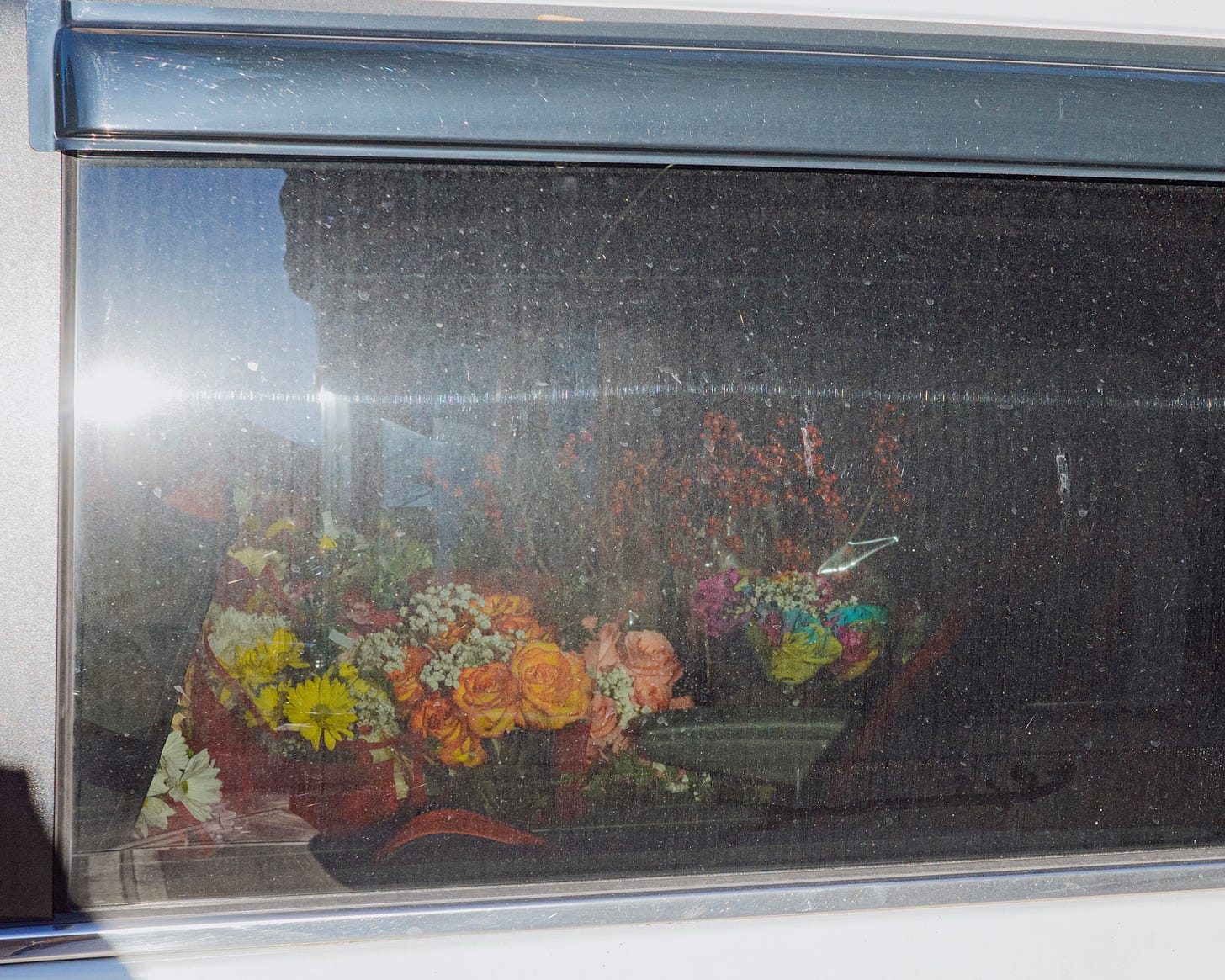
By Rob Stephenson
In Colonial times, the entire west side of Manhattan, from at least 42nd Street to Morningside Heights, was known as the Bloomingdale District. The name, Dutch for “valley of flowers,” originated in the late 1600s when the area was mostly forest and farmland, a place for people living in nearby Harlem to gather firewood and hunt. There is a Bloemendahl situated just west of Haarlem in Holland, so the name is most likely a geographical rhyme rather than an homage to the region’s abundant flora.
Still, in Knickerbocker’s History of New York, Washington Irving did make it sound like a rather idyllic place.
A sweet rural valley, beautiful with many a bright flower, refreshed by many a pure streamlet, and enlivened here and there by a delectable little Dutch cottage, sheltered under some sloping hill; and almost buried in embowering trees.



Today, Bloomingdale‘s boundaries form a tidy rectangle, from 96th to 110th Streets between Central Park and the Hudson River.

While many (most) New Yorkers have never even heard of Bloomingdale, the neighborhood’s current borders are defined by the Bloomingdale Neighborhood History Group, the most ardent, well-organized neighborhood boosters I have ever encountered. They have documented every building, corner, and notable neighborhood resident, and even have videos of themselves walking Bloomingdale’s streets dressed as farmers, George Washington and Humphry Bogart. If anyone has an issue with the neighborhood being called Bloomingdale, you should bring it up with them. But you better come prepared because they Do. Not. Play.
Manhattantown
The 1949 Housing Act, signed into law by Harry Truman, provided loans to cities for “urban renewal.” Title I authorized federal grants and loans to cities, giving them the green light to raze slums through eminent domain and then offer the newly cleared land at discounts to private developers to build new housing.

In 1951, six blocks, including West 98th and 99th, were declared a slum by the then chairman of the New York City Committee on Slum Clearance, Robert Moses. The residents, who by all accounts loved their community, were told they would have to leave.

Unbelievably, this photo of 99th St was included in Moses’ Slum Clearance report as evidence of the neighborhood’s blighted condition.
Moses facilitated the sale of the land to his crony, Samuel Caspter, for 1 million dollars down, even though the declared value was over $15 million. The deal stipulated that Caspter was responsible for demolishing and redeveloping the site – to be called Manhattantown – but he did nothing but collect rent from the remaining tenants while letting the buildings fall into disrepair. After five years, the city took back the site and transferred the development rights to William Zeckendorf, who you may remember was the developer behind the short-lived Freedomland in Co-op City.
Eventually, the buildings were demolished, and Park West Village and the Frederick Douglas houses were built in their place.

Former 98th and 99th Street residents refer to their blocks as “The Old Community” and still have annual reunions to talk about the old neighborhood.
I learned much of this from a small, but information-rich exhibit on the Old Community up now at the Bloomingdale branch of the New York Public Library. This video, featuring interviews with former residents and Robert Moses’ biographer, Robert Caro, does a great, succinct job of telling the story of the Old Community
To read the rest of Rob Stephenson’s fascinating history, click HERE.
Subscribe to WSR’s free email newsletter here.










I love to read about the history of my neighborhood!
Love this! Dove right into the rest of Rob Stephenson’s insightful history, humorous antics, and great photos! Incredible how many neighborhoods he has covered – I’ve signed-up for more.
Thank you for this informative and touching account of the neighborhood and the history of the remarkable and ever-changing city we call home … including of the injustices that it inflicted, almost always in the name of greed, on supposed ‘slums’ (as we know was also done in the creation of Central Park and the erasure of Seneca Village). The small but effective exhibit in the Bloomingdale Library (100 Street between Columbus and Amsterdam), is very very worth a stop to pause and ponder.
And when was the name Manhattan Valley coined? Why?